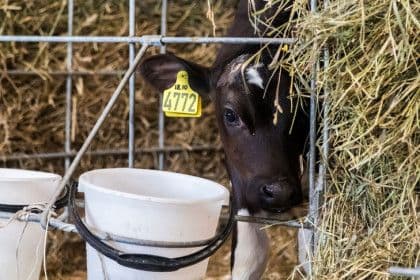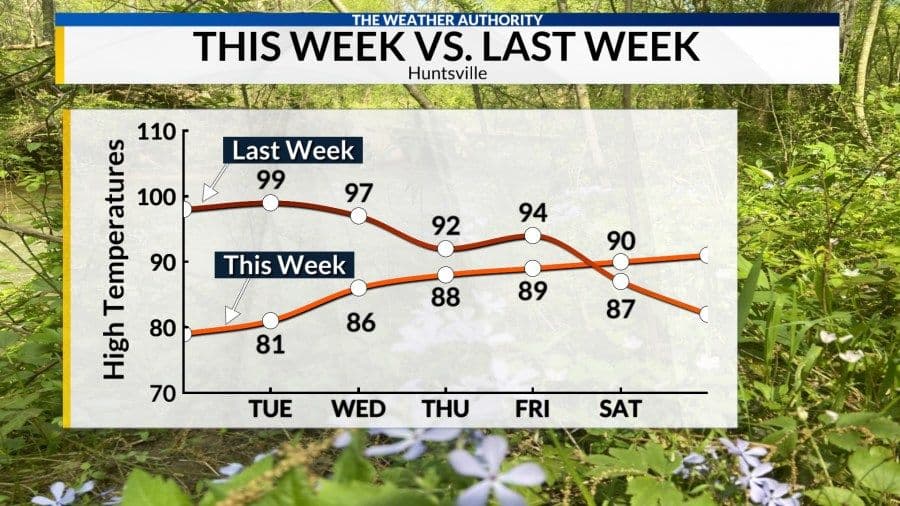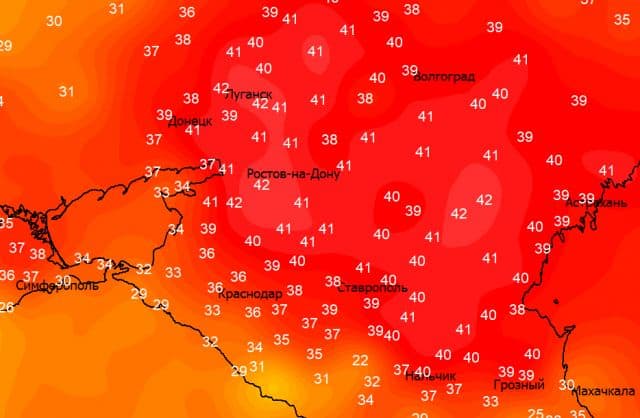The Thermometer's Tantrum: Unpacking Earth's Unpredictable Temperature Swings
Explore Earth's wild temperature swings, from summer frosts to extreme heat. Discover how erratic climate impacts daily life, agriculture, and global patterns, and learn how communities are adapting now.

A World Upside Down: Mid-Summer Frosts and Arctic Heatwaves
Temperature, that seemingly straightforward metric, has truly become a capricious force, throwing Earth's predictable rhythms into disarray. Imagine the height of summer, mid-July, yet northern regions like and are grappling with unexpected night frosts. On July 18, 2025, a cool, dry air mass, straight from the , settled over , intensified by a robust , leading to overnight chilling that brought temperatures below freezing. Yet, in a stark, almost absurd contrast, the neighboring was simultaneously bracing for a scorching 30-degree Celsius heatwave on the very same day, a heat that was forecast to sweep into by the weekend. This isn't an isolated incident; parts of , including , , , and , are anticipating an anomalous cold snap, with temperatures plunging 4-5 degrees below seasonal norms. This follows a June that brought anomalous heat to , only for July to usher in a cool, damp period. These dramatic, localized shifts are a testament to temperature's unpredictable nature, forcing us to constantly re-evaluate our expectations of seasonal weather.

Beyond the Numbers: How Temperature Dictates Our Lives and Livelihoods
When temperature veers off course, it's not just a statistic; it's a direct assault on daily existence and economic stability. The consequences of these wild swings are profoundly felt, particularly in sectors intimately tied to environmental conditions. Consider the plight of farmers in in July 2025. After a June marked by unusual heat, July has brought persistent, heavy rains. This isn't just an inconvenience; it's a crisis for livestock farmers struggling to harvest hay. With merely 17% of the required hay collected, the livelihood of countless agricultural enterprises hangs precariously in the balance. On July 17th alone, recorded a substantial 30mm of rainfall, a rare and significant downpour. Farms and individual farmers are now anxiously scrutinizing weather forecasts, desperately hoping for a return to dry, sunny days. This situation vividly illustrates how temperature, through its influence on precipitation and seasonal cycles, directly dictates agricultural output, food security, and the very fabric of rural economies, proving its profound power extends far beyond mere meteorological readings.
Atmospheric Architects: The Forces Driving Extreme Anomalies
Understanding the 'why' behind temperature's erratic behavior requires peering into the complex dynamics of our atmosphere. These dramatic shifts aren't random; they are orchestrated by powerful, often interacting, meteorological forces. The mid-summer frosts in and , for instance, were a direct consequence of a cold, dry air mass descending from the . This frigid air was then amplified by an intensifying , a high-pressure system known for its ability to clear skies and facilitate radiative cooling, particularly at night. Meanwhile, the concurrent 30-degree heat in and its subsequent movement towards points to the influence of different, perhaps warmer, air currents or the shifting edges of these vast pressure systems. As explained, a 'European cold' influence is currently sweeping across the continent, affecting regions from to the and . These large-scale atmospheric patterns – the movement of Arctic air, the strength and position of anticyclones, and the trajectory of regional cold fronts – act as the unseen architects, dictating where and when temperature will unleash its next unpredictable tantrum.
Building Resilience: Adapting to Climate's Erratic Rhythms
Given temperature's increasingly erratic behavior, the imperative to build resilience has never been clearer. We are witnessing a fundamental shift in climate patterns, demanding more than just reactive measures; it calls for a proactive re-evaluation of how societies function. For farmers grappling with unseasonable rains hindering hay collection, adaptation might involve investing in weather-resilient crops, exploring alternative feed sources, or adopting advanced drying techniques. Urban centers, facing sudden heatwaves, must consider expanding green spaces, implementing smarter cooling infrastructure, and educating citizens on heat safety, as exemplified by health recommendations for air conditioner use. The challenge lies in developing flexible strategies that can cope with both extremes – unexpected cold snaps and searing heat. This means enhancing forecasting capabilities, investing in robust infrastructure, and fostering community preparedness. As temperature continues to dance to its own unpredictable tune, our ability to anticipate, absorb, and adapt to its erratic rhythms will define our success in navigating the environmental challenges of the coming decades, turning uncertainty into an opportunity for innovation and stronger communities.
Related Articles

The Mercury's New Horizon: Navigating an Era of Unfamiliar Climates

The Mercury's New Horizon: Navigating an Era of Unfamiliar Climates

Nature's Rollercoaster: Understanding Your Local Weather's Wild Swings

Nature's Rollercoaster: Understanding Your Local Weather's Wild Swings

The Daily Dial: Decoding the Earth's Shifting Moods in Your Local Forecast

The Daily Dial: Decoding the Earth's Shifting Moods in Your Local Forecast

Rostov's Skyward Drama: Navigating a Summer of Extremes
